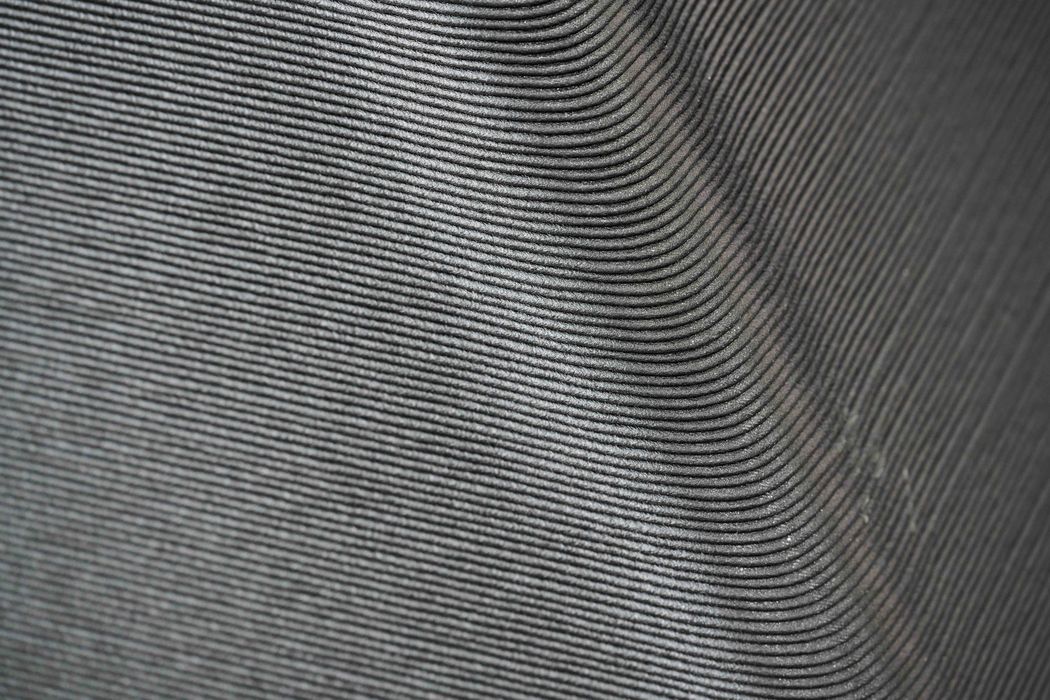
Helio Additive announced a very interesting partnership with MOCOM.
Helio Additive is a new company offering “Dragon”, their advanced job preparation software. Their approach is quite unique, as it is a voxel-based system.
The idea is that a part can be segmented into a series of connected, fixed-size voxels. Each voxel has properties, including thermal transfer rates and mechanical force effects. During a print job each voxel undergoes thermal and mechanical stresses, and Dragon is able to not only predict them, but adjust the printing parameters to compensate for them.
This enables what Helio Additive calls “First time right”, where you don’t have to iterate through repeated attempts to tune print parameters. Iteration is typical without Dragon, but results in considerable waste of time and materials before the optimal parameters are identified. In some cases it’s just not possible to optimize the entire job because of varying part geometry.
You may not have heard of MOCOM. They are a European company that specializes in polymer compounding, typically for large-format additive manufacturing. Compounding is the practice of mixing different polymers to create a new material with desired properties. In other words, custom materials for additive manufacturing.
That’s where this partnership gets interesting. Use of custom materials in additive manufacturing would normally require a considerable amount of test prints to dial in the print parameters, even more so than using standard materials.
The partnership should permit MOCOM customers to far more successfully — and quickly — complete high quality prints. Helio Additive explains:
“The integration of Helio Additive’s polymer physics-based Dragon software allows MOCOM’s customers to produce complex components with unprecedented precision and speed. This will significantly reduce development cycles and improve material utilization. Simultaneously, waste will be minimized, saving costs and supporting the compounder’s sustainability goals.”
This should make large-scale 3D print projects easier to perform, and perhaps even increase the use of the technology.
Software optimizations of this type are essential to the future of 3D print technology. Much time is spent discussing hardware, but the truth is that success in this field requires an optimal combination of hardware, materials and software.
Helio Additive just bridged two of those together.
Via Helio Additive
